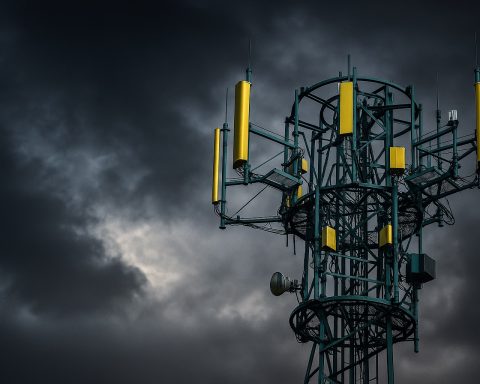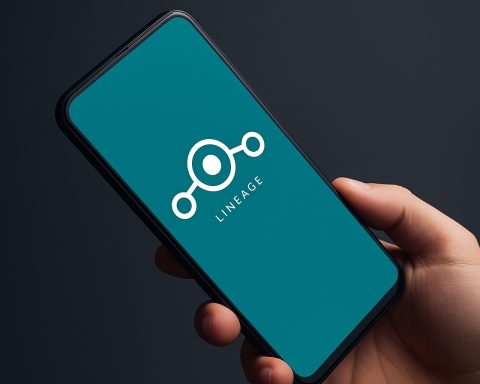
Razotkrivanje ruske imperije trolova: Unutar globalne dezinformacione mašine Kremlja
Internet Research Agency (IRA), vodeća ruska trol farma, ima sedište u Sankt Peterburgu i osnovana je oko 2013. godine, narasla je na oko 400 zaposlenih do 2015. koji su radili u smenama od po 12 sati. Zaposleni u IRA radili su po




